It was around early April 2021 when we began pouring for Lane Residences. Yet another condominium project which Filmix supplies the ready mix concrete for construction. Located in San Antonio, Agdao just beside SM Lanang Premier, it’s a proposed 13-storey high-rise residential condominium project.
As it says on their website, “Lane Residences SMDC promises to offer multi-faceted fun living right within the master planned. Homeowners will benefit from an upscale living experience that will uniquely cultivate personal interests and vibrant sensibilities in a home that’s simply a beat from Davao busy urban landscape.”
Images of our on-site pouring below.
Construction During Rainy Season
While Filmix has been pouring premium ready mix concrete, the weather also brings its own pouring of rain. And as construction goes, hot weather is the appropriate ingredient for concrete to dry. So you may ask, “How can we operate during the rainy season?”
It’s a fact that professional concrete layers are capable of pouring concrete in the rain, so what steps do they take to ensure that concrete can be poured no matter how wet the forecast? There are a variety of reasons for pouring concrete in the rain, including living in an inclement climate, having a very wet winter, or needing to meet a deadline.
Concrete is incorrectly referred to as ‘drying’ before being walked on. Concrete ‘cures’ rather than drying. Curing is a chemical reaction that occurs throughout the course of a concrete’s lifetime and is what allows it to cure underwater.
That’s right, with the right conditions in place and when poured by a professional, concrete can cure underwater and become robust. Pouring concrete in the rain, on the other hand, is a different story. This example merely highlights how adaptable concrete is, as well as how frequently people misunderstand the interaction between concrete and moisture.
It takes 24 to 48 hours for concrete to set and about a week for it to partially cure. Walking on the surface is permitted at this time. However, due to the nature of concrete consistency, heavy equipment should be avoided during this time. This will ensure that the surface is not harmed. Concrete typically takes 28 days to cure completely, but it continues to cure indefinitely during its existence.
DOs and DON’Ts When Pouring in the Rain
DO: Ensure good drainage. Ensure that rainwater does not collect in trenches dug for footings, foundations, or slabs. This is critical since rainfall can carry pollutants. It won’t be an issue pouring concrete in the rain as long as it drains away.
DON’T: When working huge amounts of rainwater into the concrete mix as it dries, be careful not to introduce pollutants.
DO: Take steps to protect the concrete. Small slabs can be protected by utilizing coverings and tarps. If necessary, a self-leveling substance can be used to smooth the surface subsequently. Tarps and covers can also be utilized effectively for bigger areas.
DON’T: Spreading dry cement on a wet surface to ‘soak up’ the rainfall will result in a substandard finish.
Other measures you can consider
Heavy rain can cause problems with recently poured concrete by washing off some of the cement. This can weaken the concrete’s surface, giving it a softer consistency and lowering the concrete’s strength.
Working in the rain might cause problems such as concrete cracks and a delay in curing time. However, there are steps you can do to ensure your pour is unaffected by rain:
- If you’re pouring concrete on your own, check the weather prediction first and prepare accordingly. If you’re having a professional handle the job and there’s a chance of rain, you can ask your concrete layer how they’ll prepare for it.
- Cover the area to be poured with tarpaulins or waterproof covers. Keep them on hand and apply as soon as each region is ready to cure.
- Any surface water should be pushed off the slab’s edge, then covered with a wide tarp.
- If it rains right after the concrete is poured, make sure the area is covered as soon as possible.
We hope you learned something new with this article. Stop by anytime for more construction tips and trivia. Don’t forget to like and follow our Facebook page.

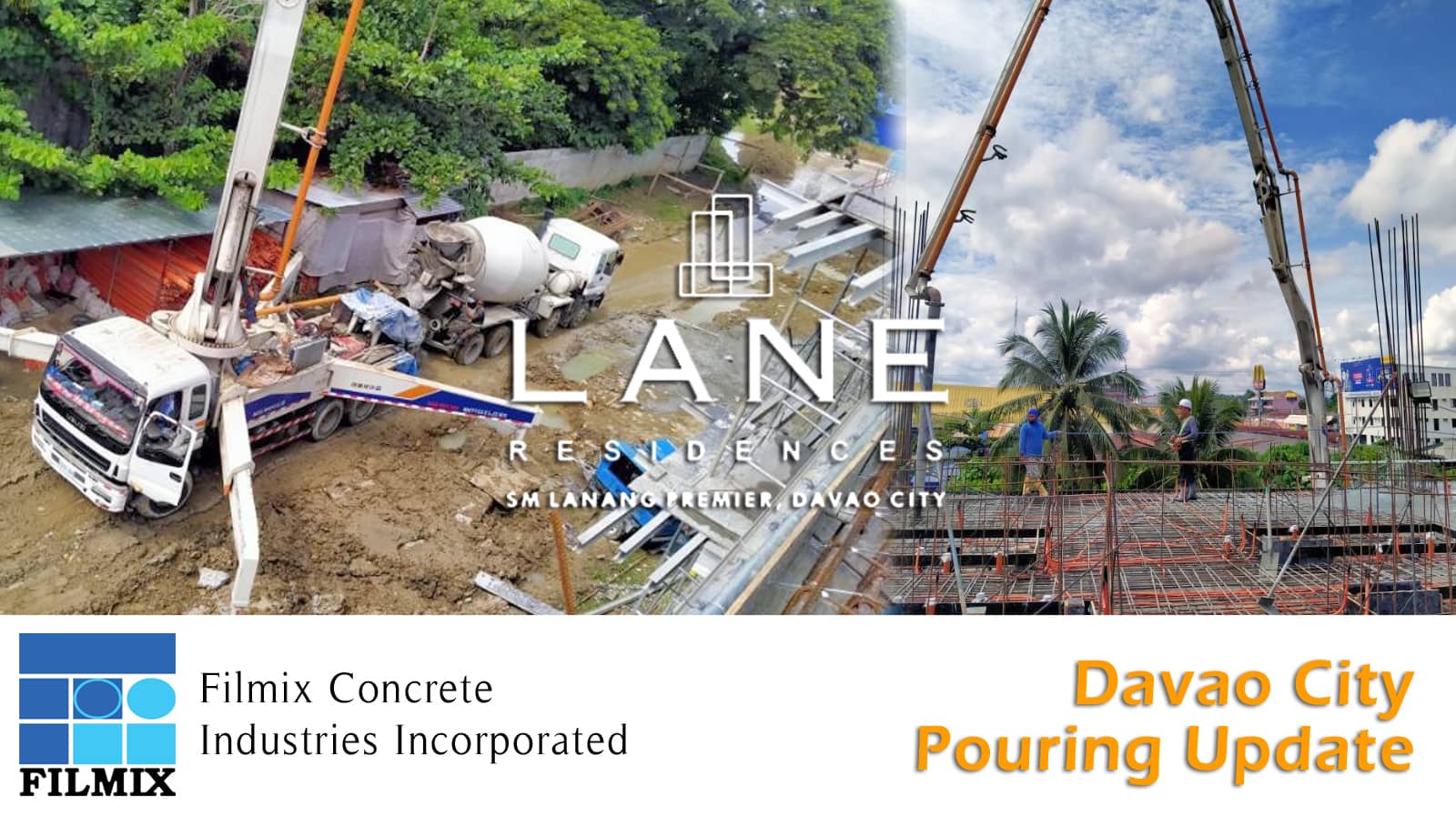
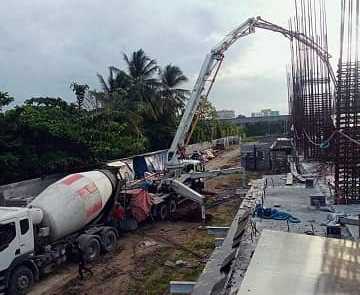
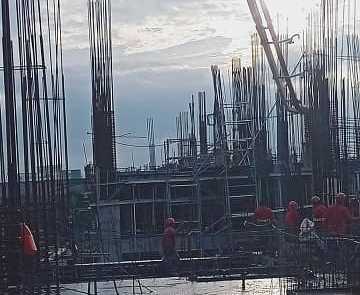
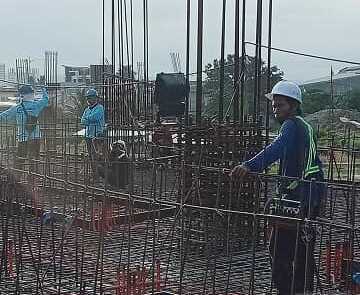
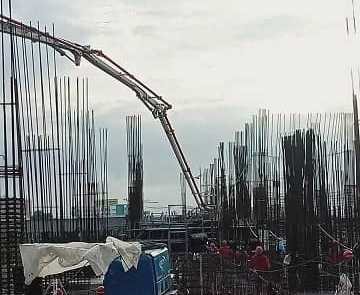
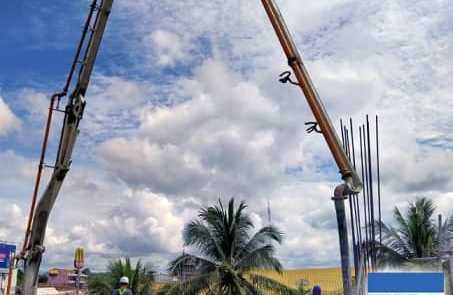

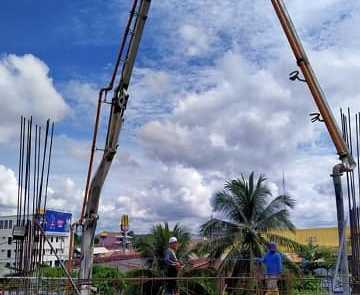
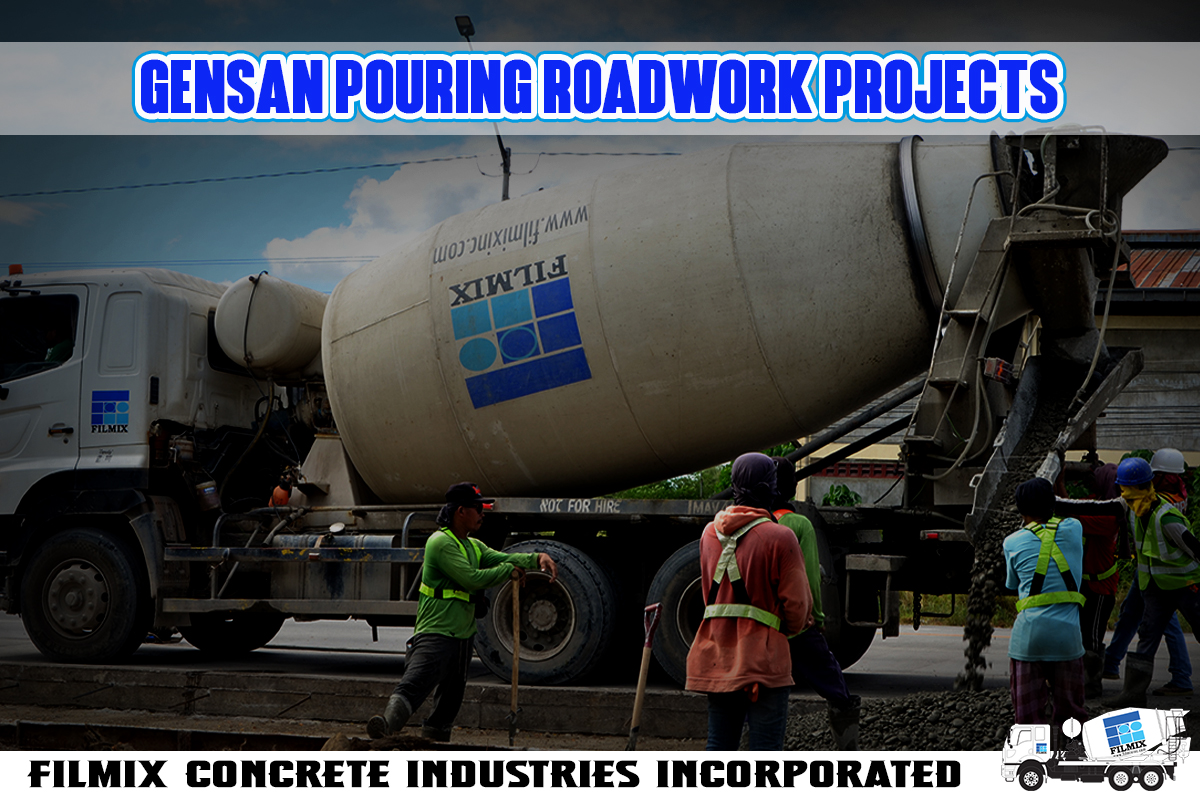



Leave A Comment